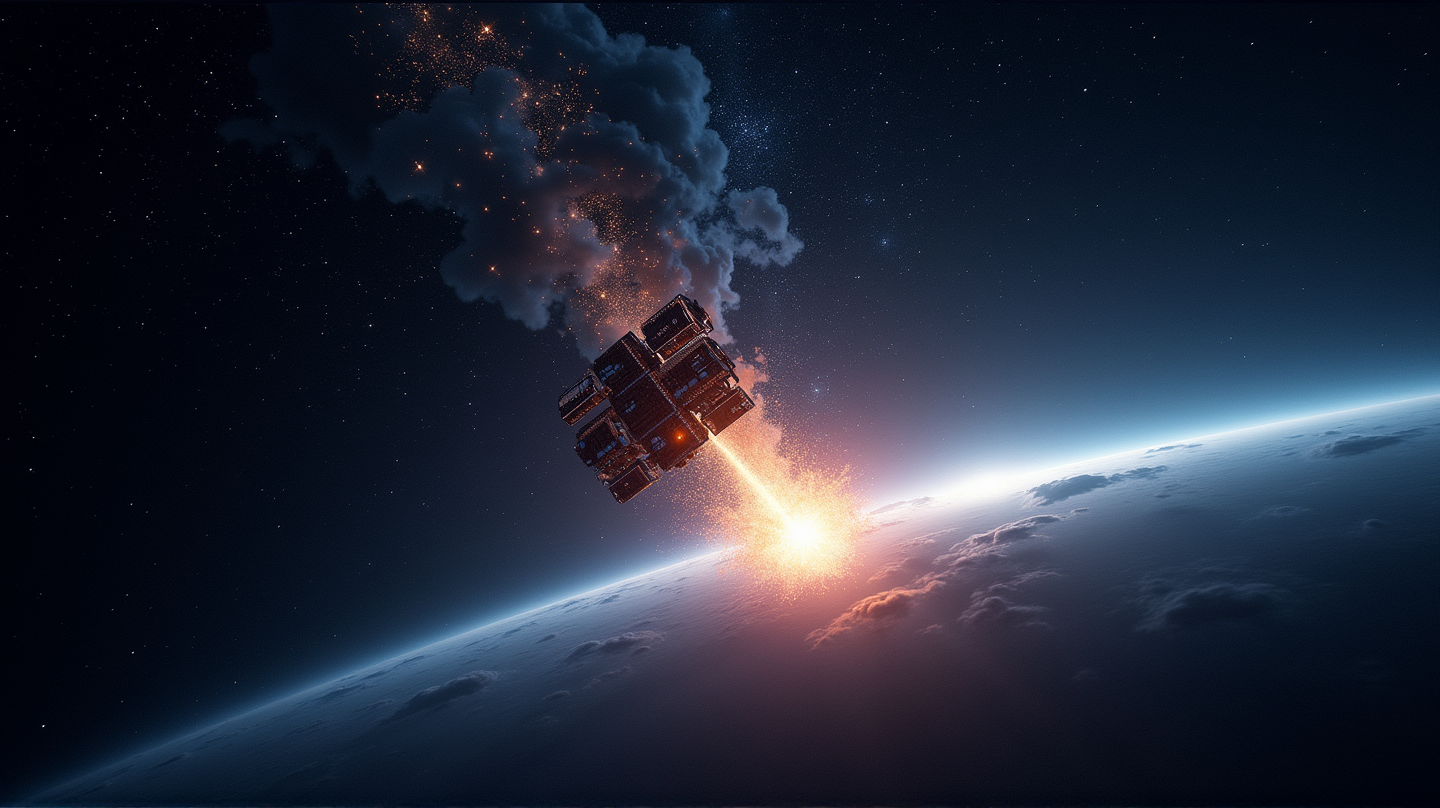Kosmos 482: A 50-Year Celestial Voyage Ends
Witness the end of Kosmos 482's 50-year orbit as it re-enters Earth's atmosphere, providing an awe-inspiring celestial event.

A Satellite’s Unexpected Long Journey
In 1972, the Russian satellite Kosmos 482 embarked on an ambitious mission destined for Venus. However, fate had other plans, leaving it in a perpetual orbit around Earth for over 50 years. Now, this celestial wanderer is making its climactic return home.
The Experts Weigh In
As the world turns its eyes skyward, Lamar Owen, the Chief Technology Officer at the Pisgah Astronomical Research Institute (PARI), offers insights into what can be expected from this fiery descent. According to Owen, the re-entry will not only be a spectacle but also a reminder of the intricate dance between human endeavor and cosmic forces.
A Historic Glimpse Back to 1972
Kosmos 482’s journey traces back to an era rich with exploration. The satellite, like many of its contemporaries, was part of a vision to conquer the final frontier. However, technical mishaps trapped it in an endless dance around our blue planet, weaving through the tapestry of stars.
Friday Night: The Sky’s Own Theater
The dramatic re-entry is expected to occur this Friday night, a cosmic performance not to be missed. Stargazers and enthusiasts are encouraged to look up and witness this event that marries scientific achievement with natural wonder. As per the experts at PARI, the satellite’s plunge through the atmosphere promises visual fireworks, creating a night to remember.
The Educational Role of PARI
PARI isn’t just tracking this grand finale; it plays a pivotal role in STEM education, feeding curiosity and igniting passion in fields of science, engineering, and mathematics. The organization’s efforts weave an educational thread through this fascinating narrative, anchoring cosmic phenomena back to Earthly learning.
Beyond Re-entry: Understanding Space Debris
Kosmos 482’s return raises important questions about space debris. As a relic of space exploration, it highlights the challenges and responsibilities associated with human operations beyond our atmosphere. Addressing space debris isn’t just about minimizing hazards but about ensuring the sustainability of space endeavors for generations to come.
Conclusion
In what can only be described as an extraordinary phenomenon, Kosmos 482’s re-entry into the Earth’s atmosphere is set to capture the imaginations of people around the globe. This 50-year celestial voyage will forever be etched in our history as a testament to the curiosity-driven pursuit of space exploration. According to WLOS, this remarkable event promises not only a visual spectacle but a profound lesson in humanity’s quest to reach for the stars.

